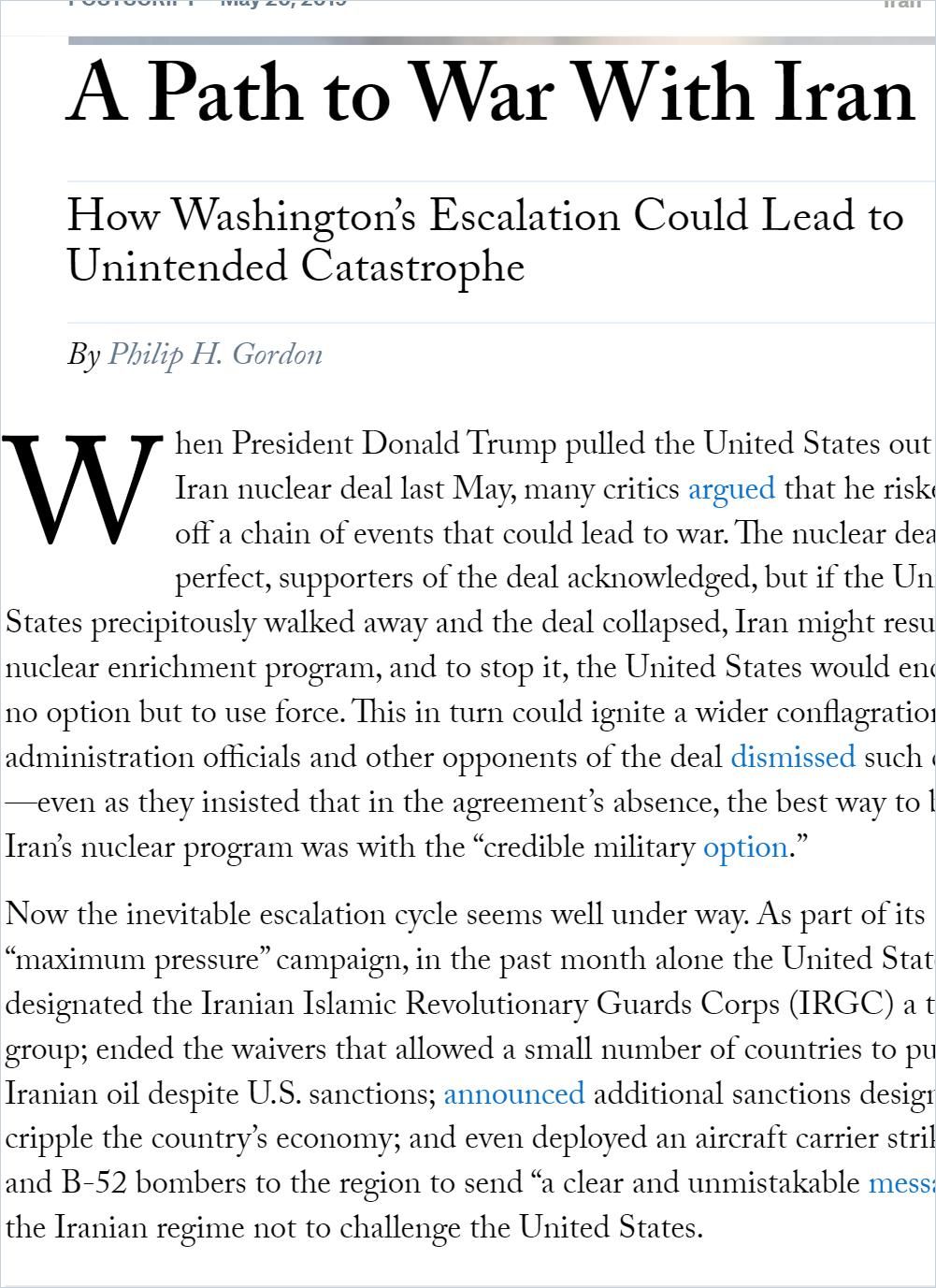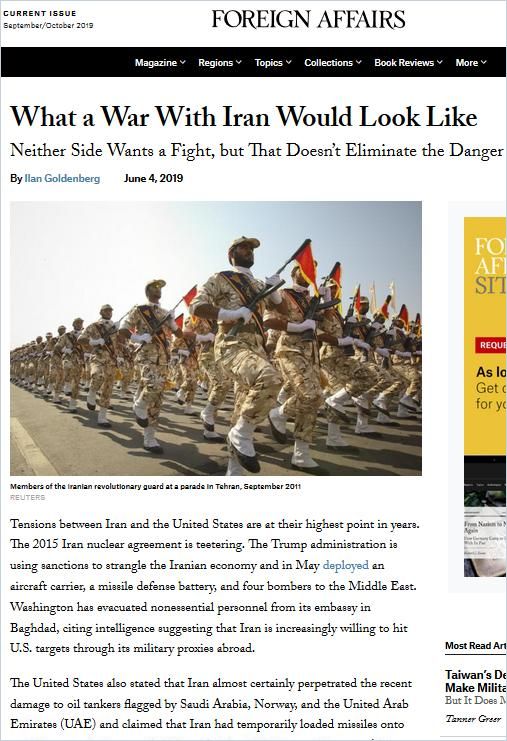And it will remain a hot issue in the foreseeable future. Here is why and what might happen next.
The Current Iran Crisis Has Been Long in the Making

The US drone strike that killed Iranian General Qassem Soleimani on Friday, January 3rd, brought US-Iran tensions to a boiling point. Yet in many ways, this latest incident is only the latest twist in decades of confrontation between Iran and the US. As Michael Ware argues in a recent opinion piece for CNN, “the war between the United States of America and Iran has been underway for more than 40 years.”
In A Path to War With Iran, former Obama official and Middle East expert Philip H. Gordon has warned that considering the general unwillingness of either side to back down, the ratcheting up of hostilities could easily escalate into a wider conflagration with potentially catastrophic consequences. Add to the mix the “Trump factor:” As in his interactions with China, North Korea, and Venezuela, Trump has taken a deliberately confrontational approach toward Iran. As Gordon warns, Trump risks backing himself into a corner where military action becomes the only face-saving option.
But what would a war with Iran look like? Weighing the costs and thinking through the worst-case scenarios of an all-out war with Iran is an important first step in taking measures to prevent it. Former US official and Iran expert Ilan Goldenberg’s analysis in Foreign Affairs provides a sobering starting point. Although Iran’s military stands no chance against the might of the US military, it has a myriad of tools at its disposal to inflict pain on its adversary – ranging from cyberattacks to targeting the Gulf’s oil infrastructure and US military bases. Also, Iran can deploy its network of armed proxies in the region and around the world to target Americans and American allies, especially Israel.
War with Iran, Ilan Goldenberg contends, won’t leave the US and world any safer. Ultimately, it will only strengthen Iran’s resolve to develop these coveted nuclear weapons.
As the two former Obama administration officials Daniel Benjamin and Steven Simon argue in a recent essay (you can now find our abstract here), continuing to treat Iran as an archenemy is not just dangerous but counterproductive to US interests. The US has had a quasi-obsession with Iran for decades due to the country’s important strategic location, its nuclear ambitions, and its perceived ideological agenda, they write. Yet Iran does not pose the kind of threat the US makes it to be. “In balance-of-power terms, Washington’s obsession with Tehran is absurd,” the authors contend. Benjamin and Simon believe that working toward re-establishing diplomatic relations with Iran will be America’s best way forward. Engagement will be the only way to take at least some influence on the direction of Iranian policy and, hopefully, incentivize it to refrain from acquiring nuclear weapons.
Next Steps
This article is the first in a short series of articles on the conflict between the USA and Iran, which examines the background of the current crisis and its potential effects. Until the next article arrives, be sure to check out getAbstract’s related channels such as Politics of Iran, Politics of the Middle East, Foreign Politics of the USA, Global Security, and Global Politics.










